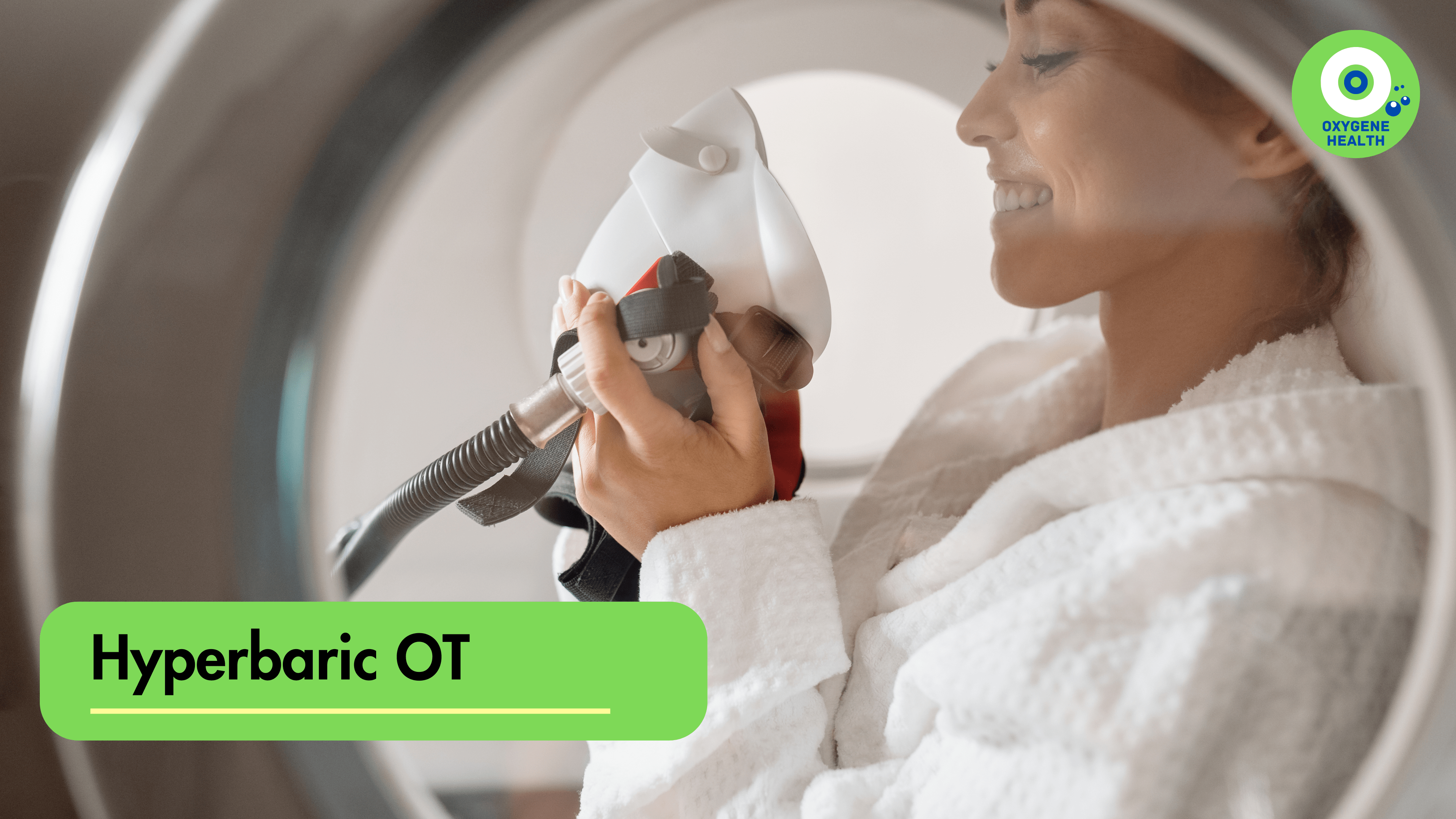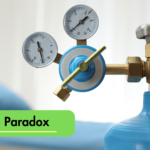Introduction:
In the realm of medical advancements, innovative therapies continually emerge, offering new avenues for treating a myriad of conditions. Among these, Hyperbaric Oxygen Therapy (HBOT) has captured attention for its remarkable healing properties and diverse applications. This article aims to unravel the intricacies of HBOT, exploring its mechanisms, applications, and potential benefits in modern healthcare.
Understanding Hyperbaric Oxygen Therapy (HBOT):
Hyperbaric Oxygen Therapy involves the administration of 100% oxygen at pressures higher than atmospheric levels within a specially designed chamber. This pressurized environment allows for greater oxygen absorption by the body’s tissues, leading to a cascade of therapeutic effects.
Applications of HBOT:
Wound Healing: HBOT accelerates wound healing by promoting angiogenesis, enhancing tissue oxygenation, and combating infection. It finds utility in diabetic ulcers, non-healing wounds, and radiation-induced tissue damage.
Decompression Sickness: HBOT serves as the gold standard treatment for decompression sickness (the bends) in divers, facilitating the elimination of nitrogen bubbles from the bloodstream and tissues.
Carbon Monoxide Poisoning: In cases of carbon monoxide poisoning, HBOT rapidly displaces carbon monoxide from hemoglobin, restoring oxygenation and preventing tissue hypoxia.
Radiation Injury: Patients experiencing radiation-induced tissue damage, such as radiation cystitis or proctitis, may benefit from HBOT’s ability to mitigate inflammation, promote tissue repair, and alleviate symptoms.
Traumatic Brain Injury (TBI) and Stroke: While still under investigation, HBOT shows potential in mitigating secondary brain injury following trauma or stroke by improving oxygen delivery to damaged tissues and reducing inflammation.
Benefits of HBOT:
Enhanced Oxygen Delivery: By saturating tissues with high concentrations of oxygen, HBOT augments cellular metabolism, promotes angiogenesis, and facilitates tissue repair.
Anti-inflammatory Effects: HBOT exerts anti-inflammatory effects by modulating cytokine production, reducing oxidative stress, and inhibiting inflammatory pathways, thereby mitigating tissue damage and promoting healing.
Non-Invasive: Despite its advanced technology, HBOT is non-invasive and generally well-tolerated, making it accessible to a wide range of patients.
Versatility: HBOT’s versatility extends across various medical disciplines, offering therapeutic benefits in conditions ranging from chronic wounds to neurological disorders.
Challenges and Considerations:
Despite its potential benefits, HBOT poses certain challenges, including the need for specialized equipment and trained personnel, as well as considerations regarding patient selection, treatment protocols, and safety precautions. Additionally, the evidence supporting HBOT varies across different medical conditions, necessitating further research to elucidate its efficacy and optimal utilization.
Conclusion:
Hyperbaric Oxygen Therapy represents a groundbreaking modality in modern medicine, harnessing the healing power of oxygen to address a diverse array of medical conditions. From wound healing and decompression sickness to neurological disorders and radiation injury, HBOT offers a multifaceted approach to patient care, promising improved outcomes and enhanced quality of life.
As research continues to uncover HBOT’s full potential and refine its applications, healthcare providers stand poised to harness this transformative therapy to its fullest extent. By embracing the principles of Hyperbaric Oxygen Therapy and integrating it into clinical practice, we embark on a journey towards greater healing, resilience, and vitality for patients worldwide.







